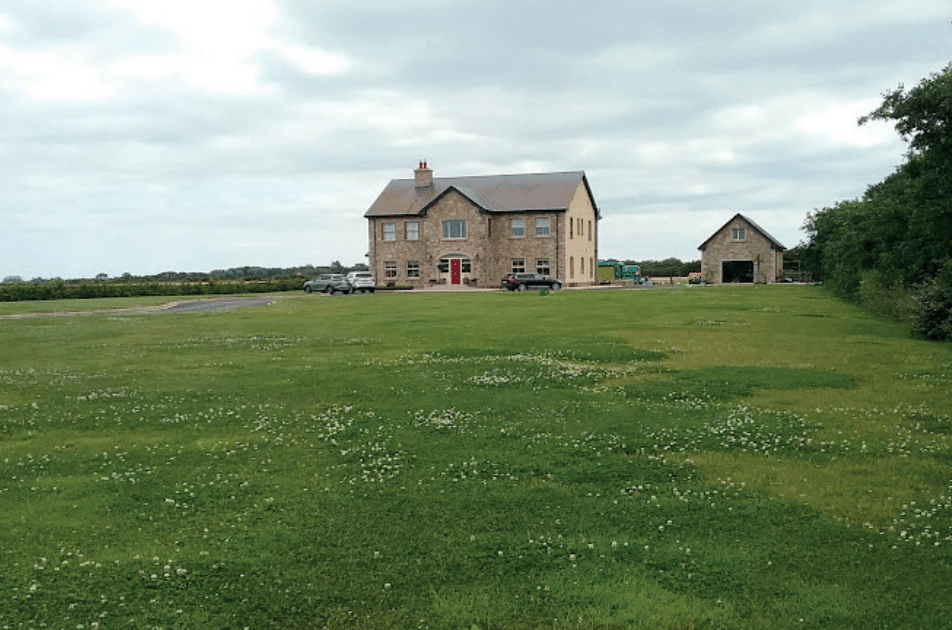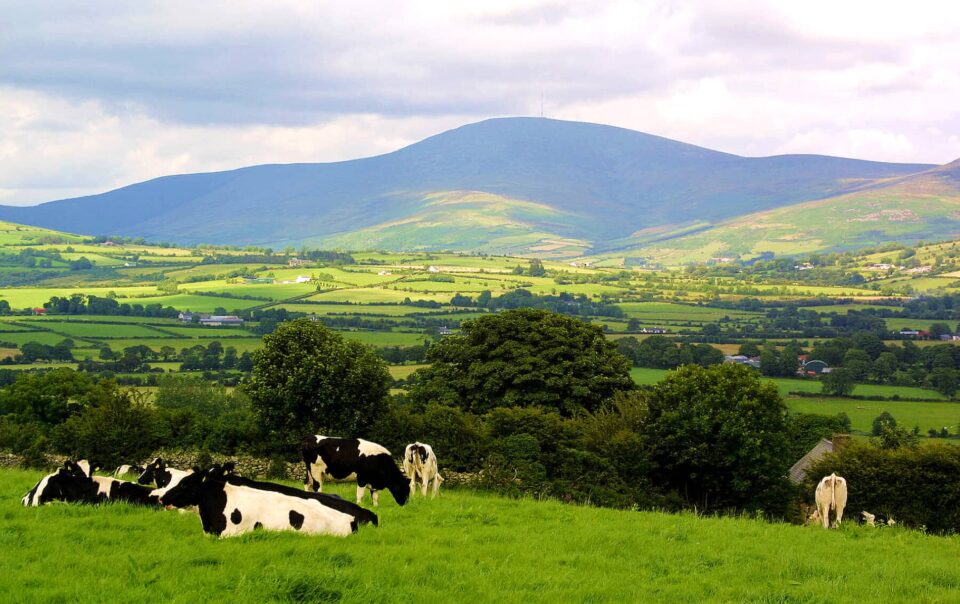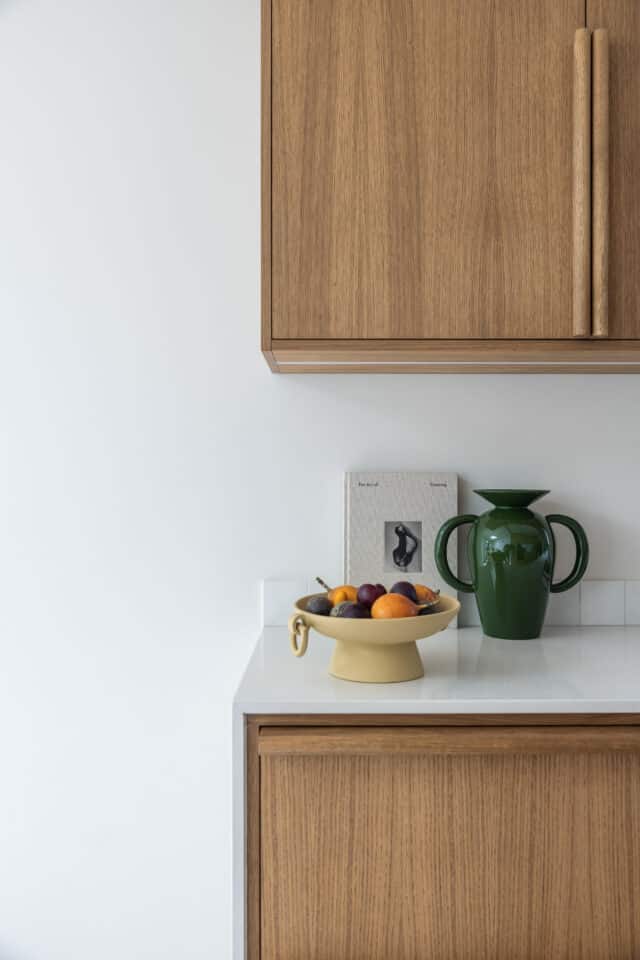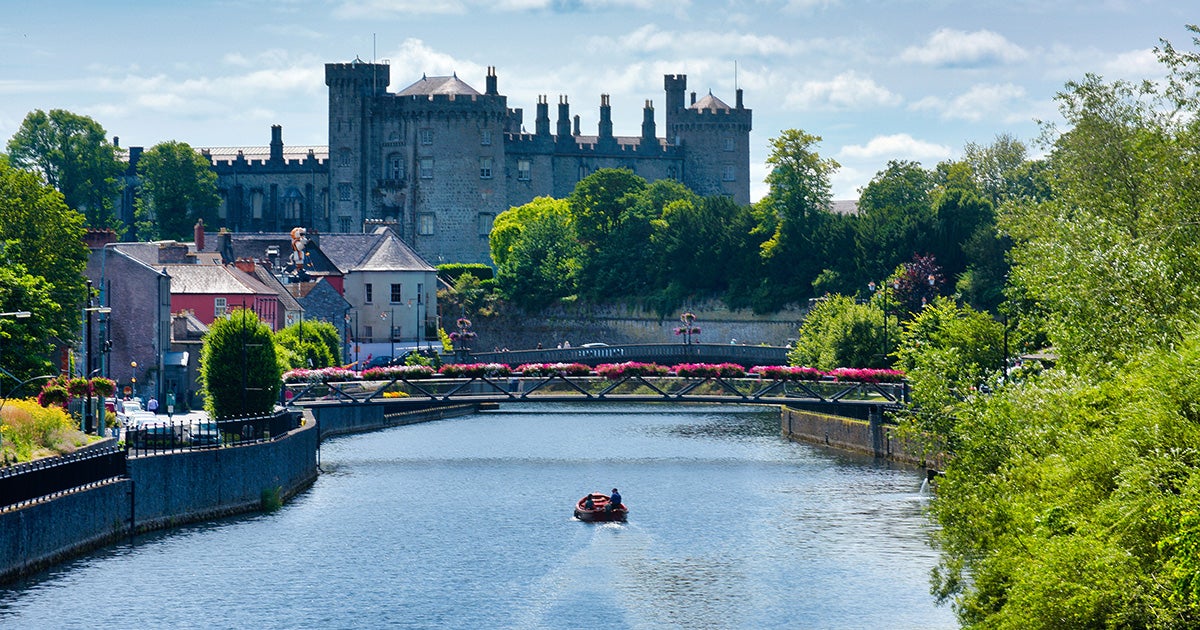In this article we cover:
- How to create a garden for children to play in
- How to bring in colour with choice of low maintenance plants
- How to use plants to soften the look of a two storey house
- How to add height to the garden
- How to make the most of use of natural materials
- Tips to contain wind
- How to furnish the garden and add interest
- Garden plans
The site is flat. Very flat and extensive, with lawn stretching away in every direction. Beyond the
young hedging, fields of golden barley wave in the sea breeze. An imposing two storey home reflects the gold with its granite facing.
Although space is plentiful, most of it is to the front of the house facing a small but busy road. My brief is to bring the outdoor space to the next level. To anchor the house in a colourful garden, with features the entire family can enjoy.
First steps
First on the agenda is to bring in height, to balance the large two storey house with the level surroundings.
Introducing trees of different heights adds interest at different levels. A curved double row of silver birch, with another of Sorbus ‘Joseph Rock’, brings seasonal interest and sweeping curves too – something the owners particularly wanted.
A rustic but classic feel is what the owners want, reflecting the natural materials used for the house itself and for the interior.
Because the house is street facing, screening was necessary for the family to enjoy the garden in privacy. I suggested panels of woven willow as a solution. The flexible willow wands are woven onto pressure treated timber frame, providing a semi permeable screen which allows wind to filter through but slows it down considerably, making the area inside feel much more sheltered.
The natural material makes a particularly attractive backdrop for plants, so planted areas can be used on both sides of a row of screens to divide the garden into different zones.
The family wanted a roofed seating area for the front garden, so an oak framed gazebo was included in the design with a paved floor, extending to a path on two sides. This linked to a timber pergola – contributing to the much needed height in this space – flanked on either side by planted borders.
Fun touches
A stepping stone path laid into the lawn leads under the pergola to a driftwood sculpture, with the double rows of trees beyond helping to slow the westerly winds and provide a more sheltered space to stroll around and enjoy. Planted borders also follow the curved driveway, enhancing the approach to the house and parking area.
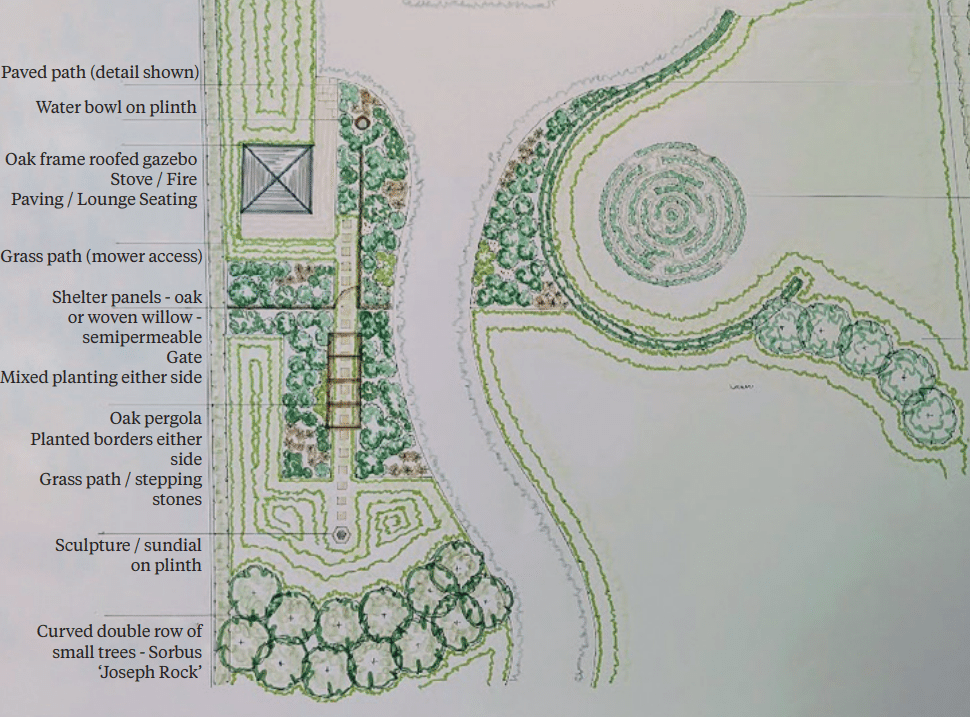
A turf maze provides fun for children (including grown up ones) on the opposite side of the lawn. Easier to install than a traditional hedge labyrinth, a turf maze can be as simple as a combination of grass turf and self binding gravel, encouraging little ones to burn off some of that endless energy outdoors.
They’re a great way of adding something interesting to a large expanse of lawn and can easily be removed further down the line if desired.
Planting for this garden included a combination of shrubs, flowering perennials and grasses to echo the movement of the swaying crops in the fields beyond. Relaxed, easy care perennials such as Nepeta ‘Walkers’ Low’ and hardy geraniums, bring waves of summer colour. As do ‘Flower Carpet’ roses, which flower for months on end and don’t mind exposure near the seashore.
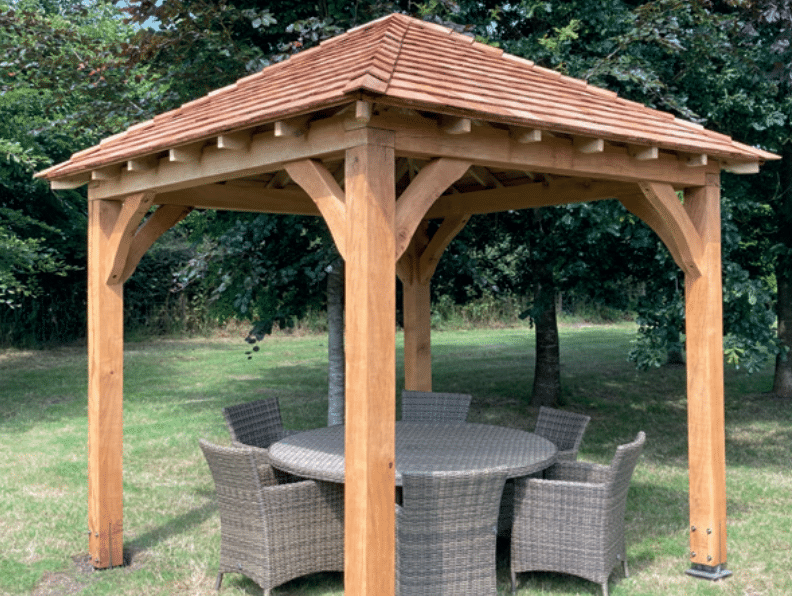
Tips
Break up a flat space with a combination of features, such as arches or a pergola, and add trees tobmake it more interesting.
Make sure wind barriers are semi permeable – the wind needs to filter through rather than tumble over, or it will cause turbulence and possibly knock the barrier down in stormy weather.
Make sure garden materials sit well with the interior and exterior of the house for a seamless flow.

